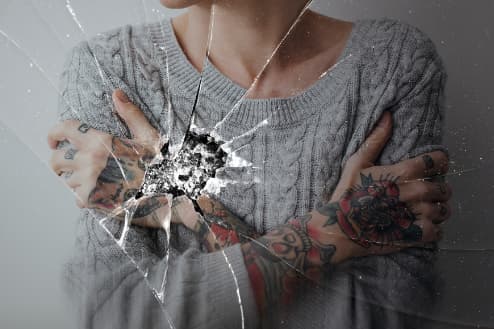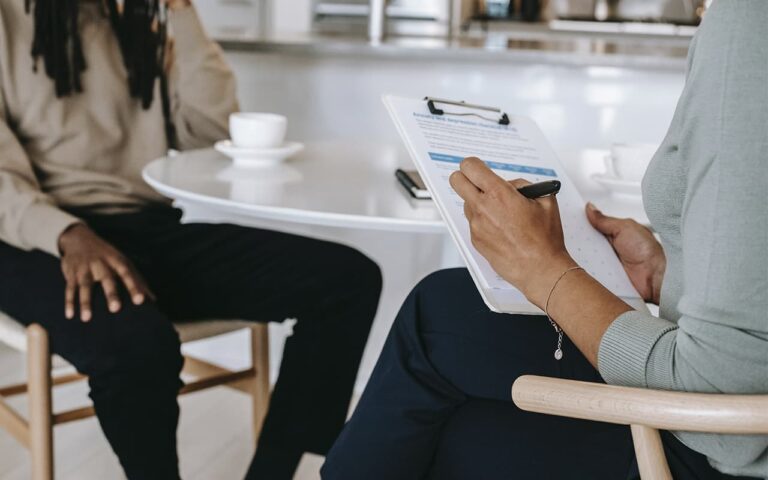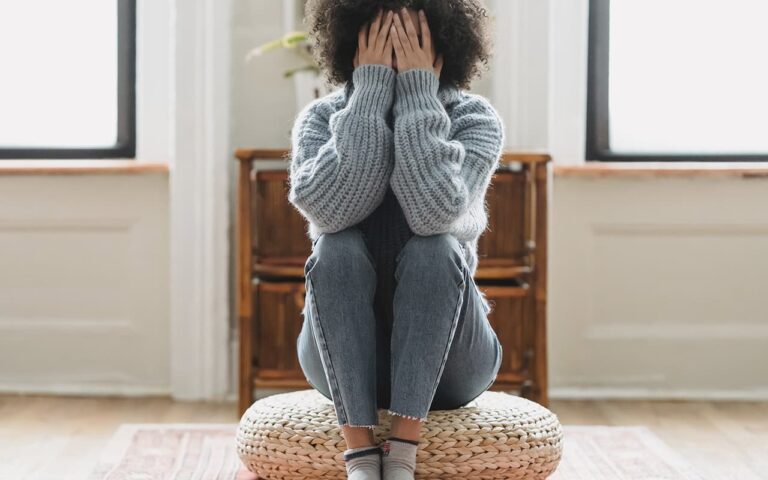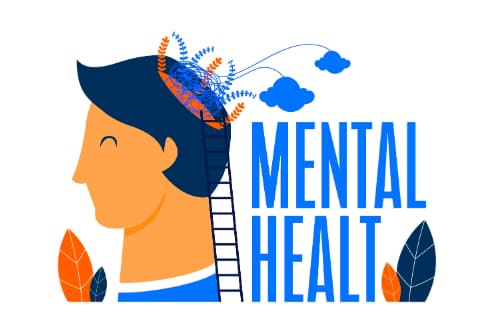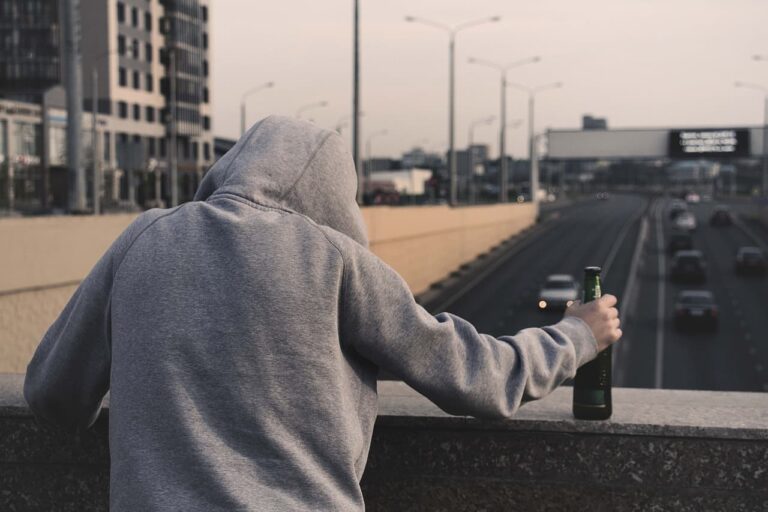Depression is not always perceived as a disease not only by those close to the patient, but also by the patient. A bad mood lasts for weeks, everything is seen in gloomy colors, one does not want to move, but wants to cower in a corner and just lie there. The patient is accused of deteriorating character, selfishness and laziness. And he needs help. The help of a specialist.
Such help may be needed at any age. Five out of a hundred teenagers and children are familiar with this condition. With age, the number of those who are ill also increases among young people – such from 15 to 40%. Among adults, depressive disorders occur in one in ten people, with women twice as likely to experience this disorder. In older adults, about 30% of people have ever been depressed.
Depression as an illness can take many forms.
Depressive episode
This is the most common form of the disorder. Its duration is from two weeks to a year. If such a disorder is recorded only once, it is called unipolar. About 33% of patients experience this condition only once in their life. As a rule, depressive disorder is accompanied by a decrease in performance. Lack of treatment can lead to relapse.
Intermittent depressive disorder
Characterized by recurring episodes. Also called recurrent and classic or clinical depression. Usually first recorded in childhood or adolescence. Lasts from a few months to several years. Phases of the disease alternate with remission. Seriously affects performance and requires referral to a child psychologist in the early stages of the disease.
Dysthymia
Lasts from two years to decades. Although less severe than recurrent disorder, symptoms last longer. Dysthymia is also called chronic depression. The transition of this type into a severe form is referred to as double depression.
Type I bipolar depression
Characterized by alternating phases of illness, remission and manic phases. This disorder also has the name manic-depressive psychosis. When the patient experiences the last phase, he is characterized by hyperactivity combined with good mood, but also with anxiety and insomnia. The patient loses the ability to think critically. As a result, there are problems with finances, risk of casual sexual relations. After this phase, the patient falls into depression. This is bipolar disorder.
Type II bipolar depression
Similar to depressive episodes. There are also phase changes, but without excessive mood elevation. During remission, there is an illusion of recovery.
Depressive psychotic episode
In this disorder, hallucinations, delusions are observed. Such patients in most cases require hospitalization.
Atypical depression
A mild type of depression, accompanied by drowsiness and immoderate eating, abrupt mood changes, hypersensitivity, a tendency to panic attacks.
Seasonal depressive disorders
Marked most often in the fall or winter. When the season changes, they go away.

